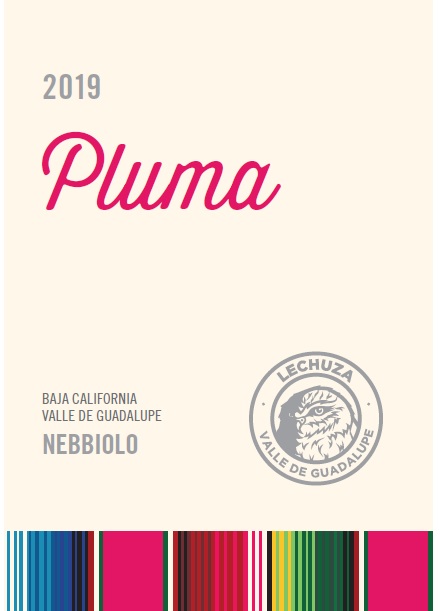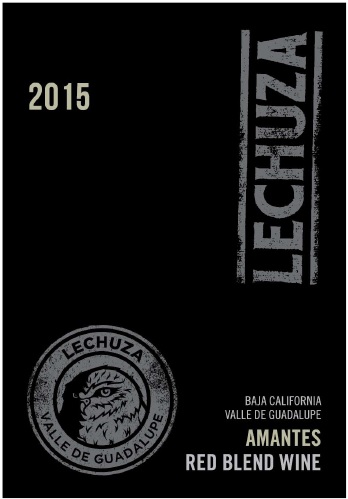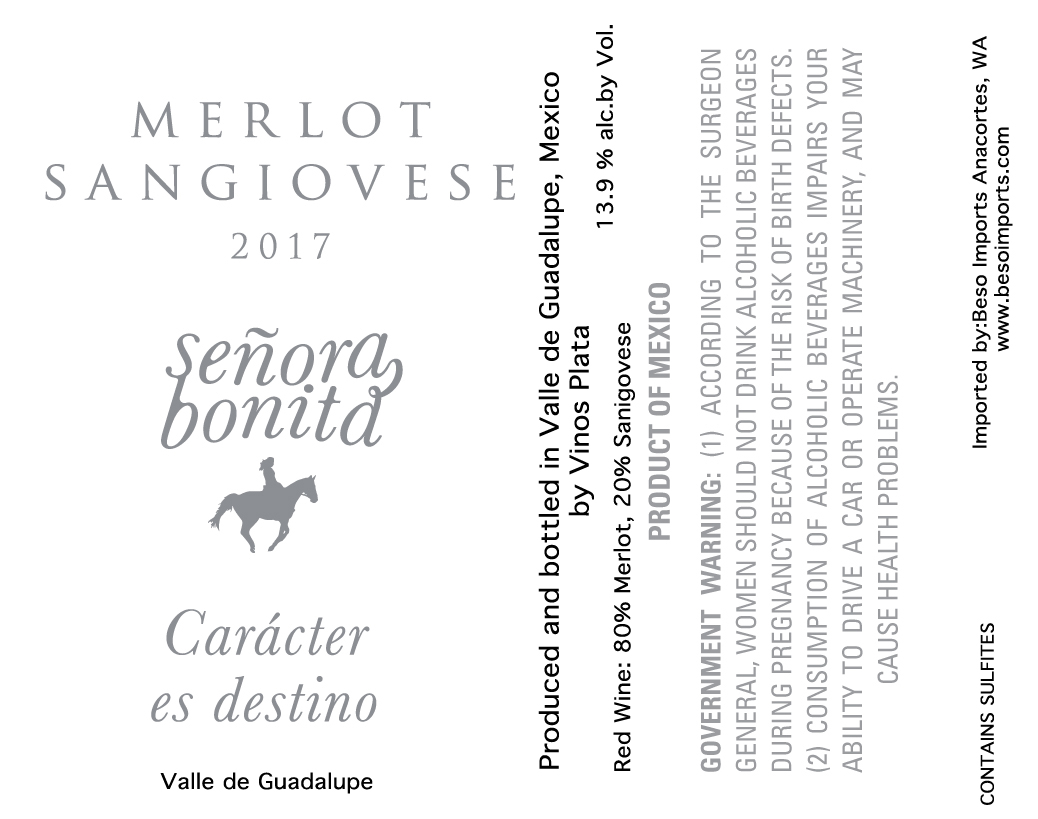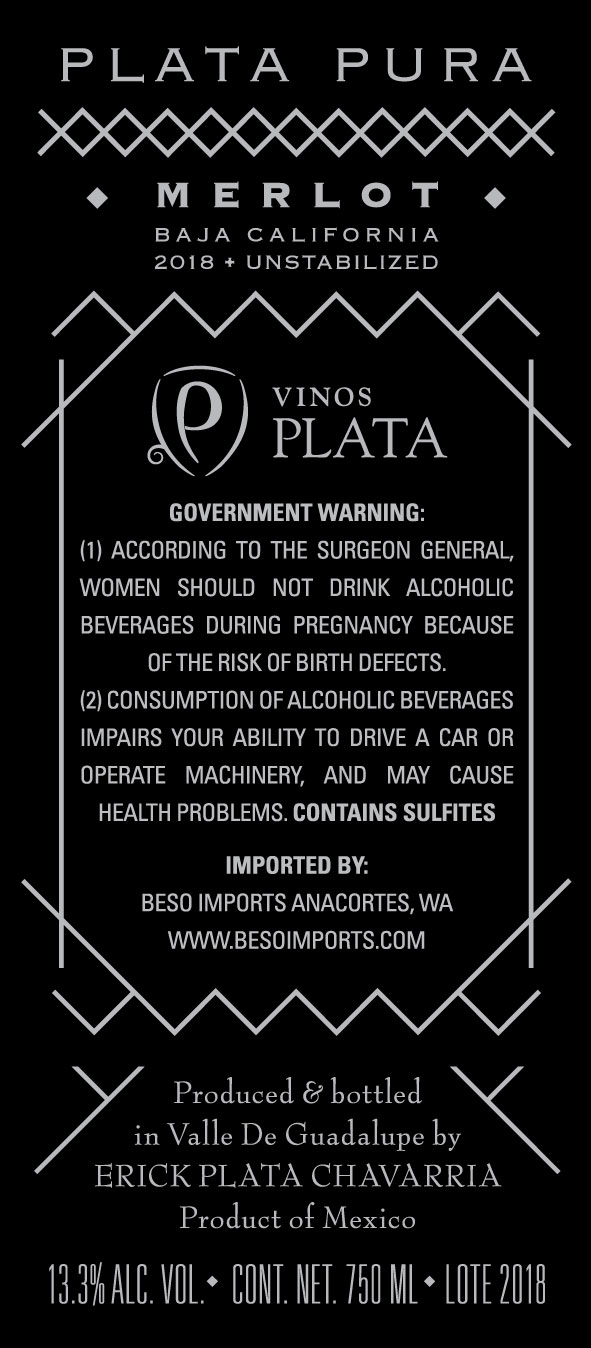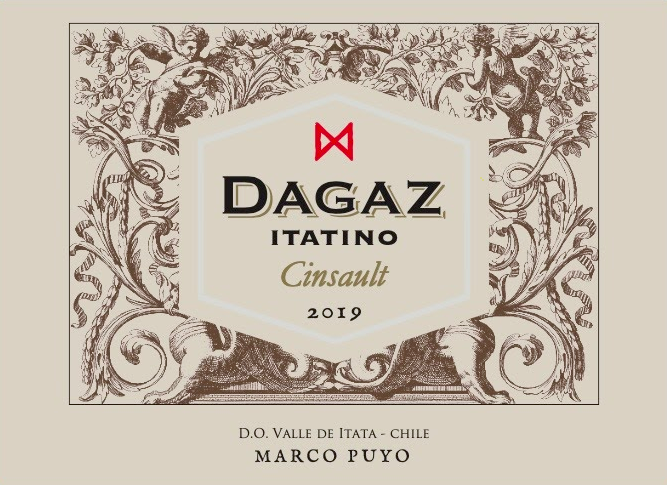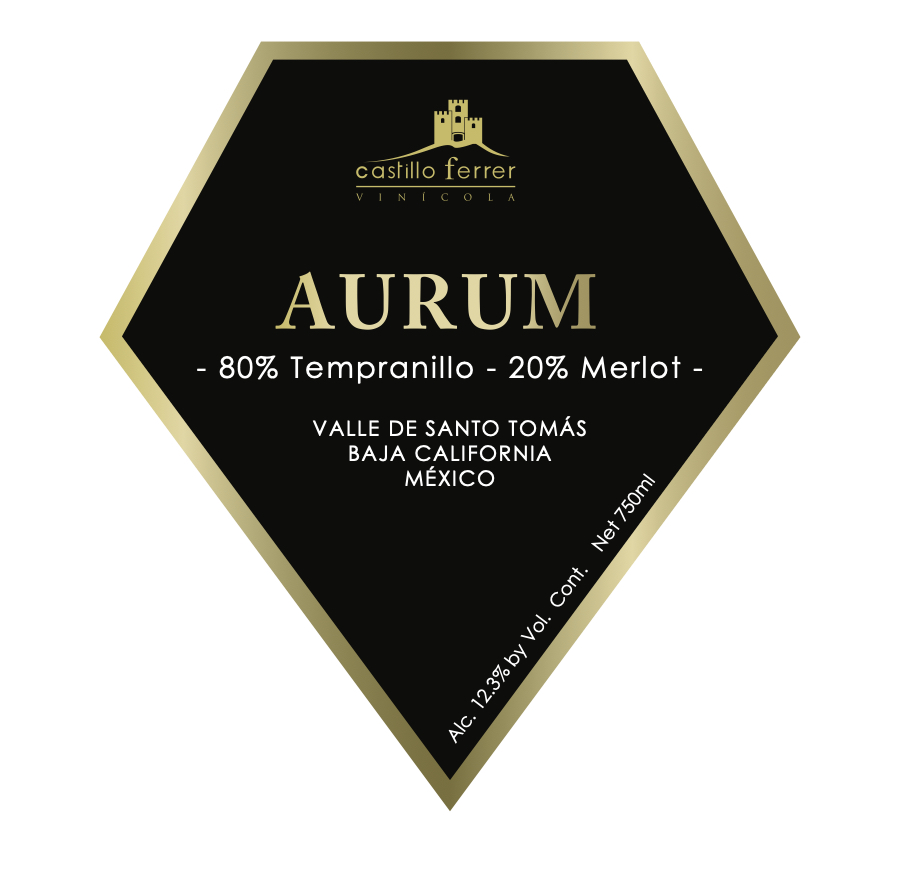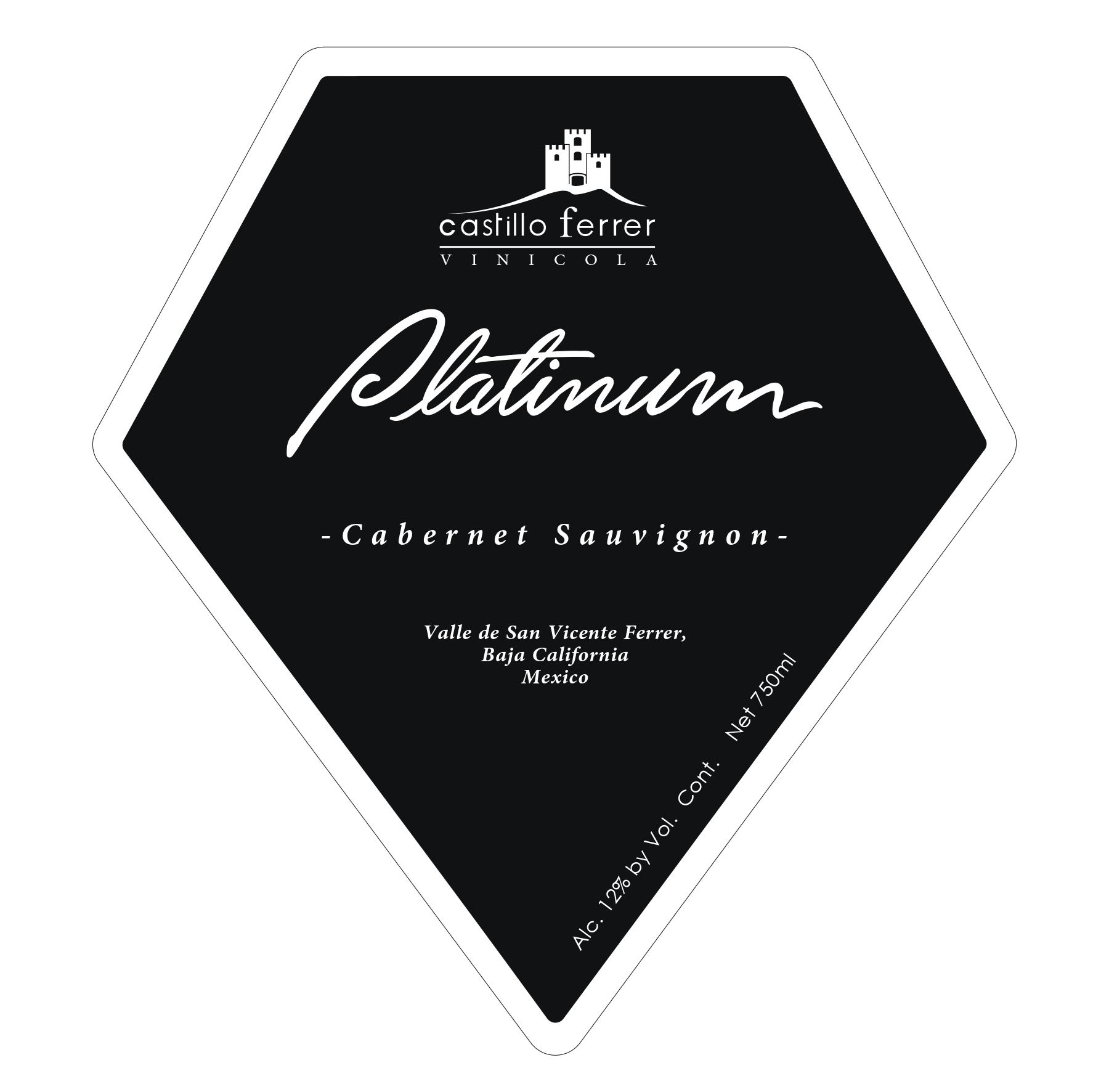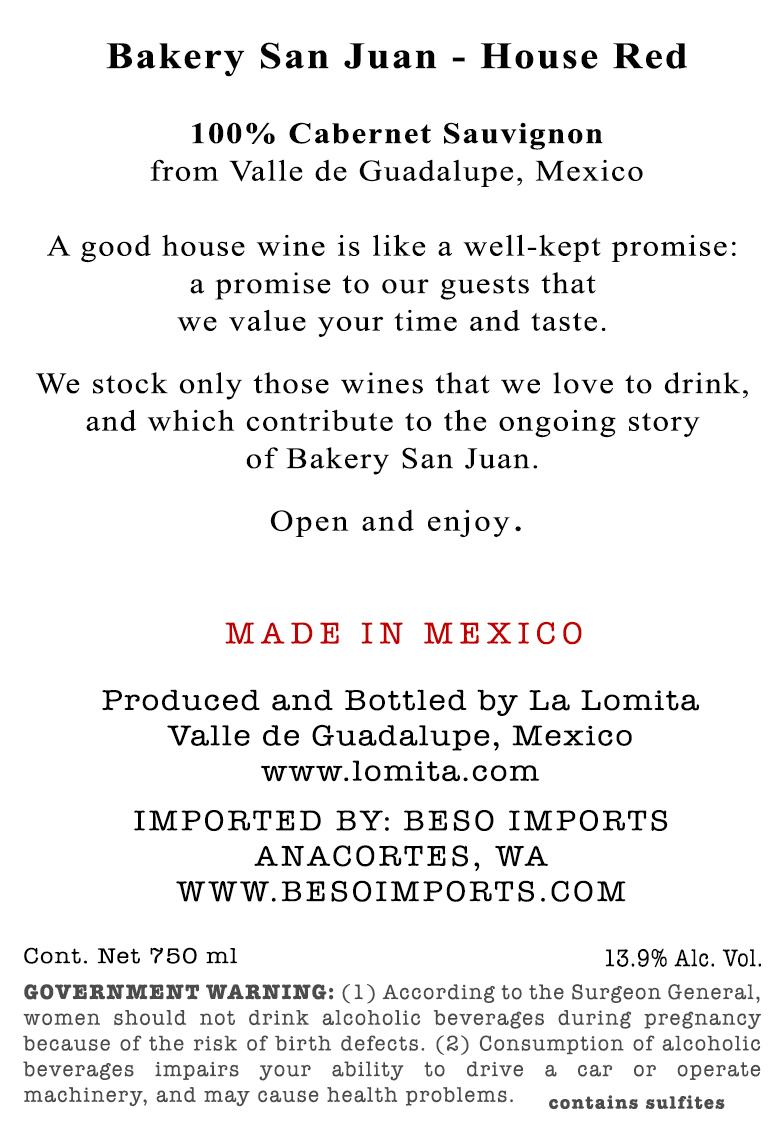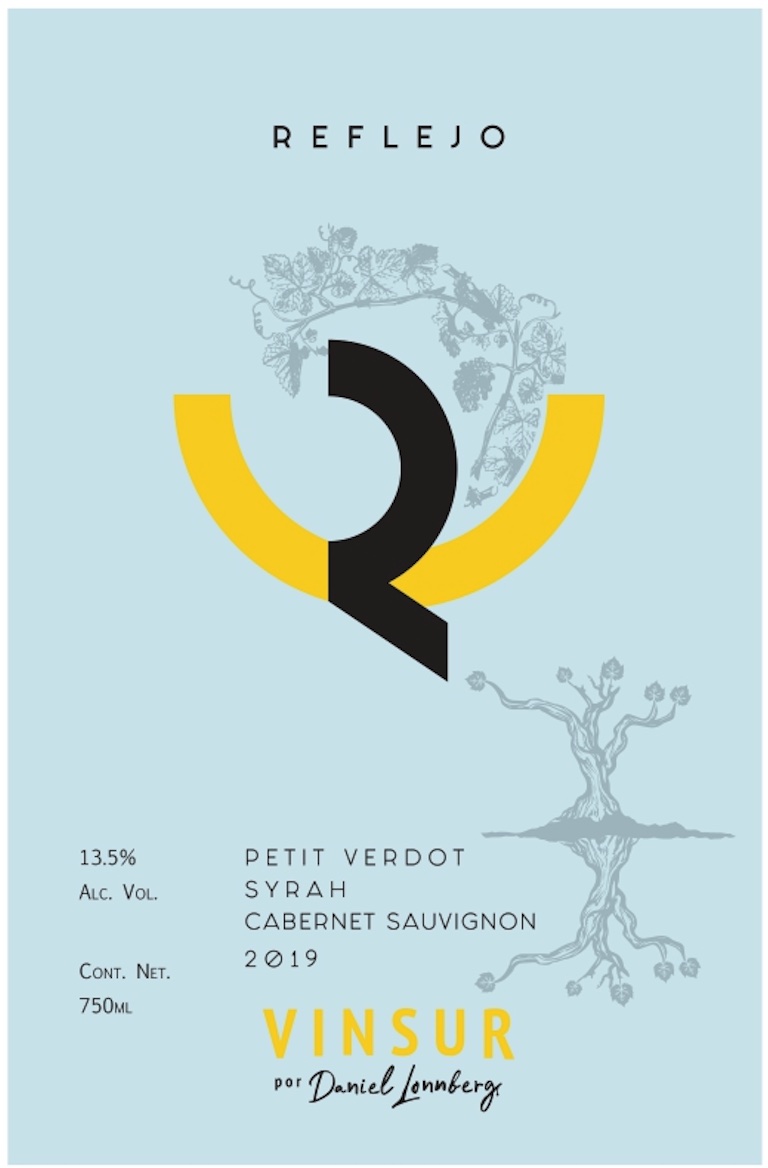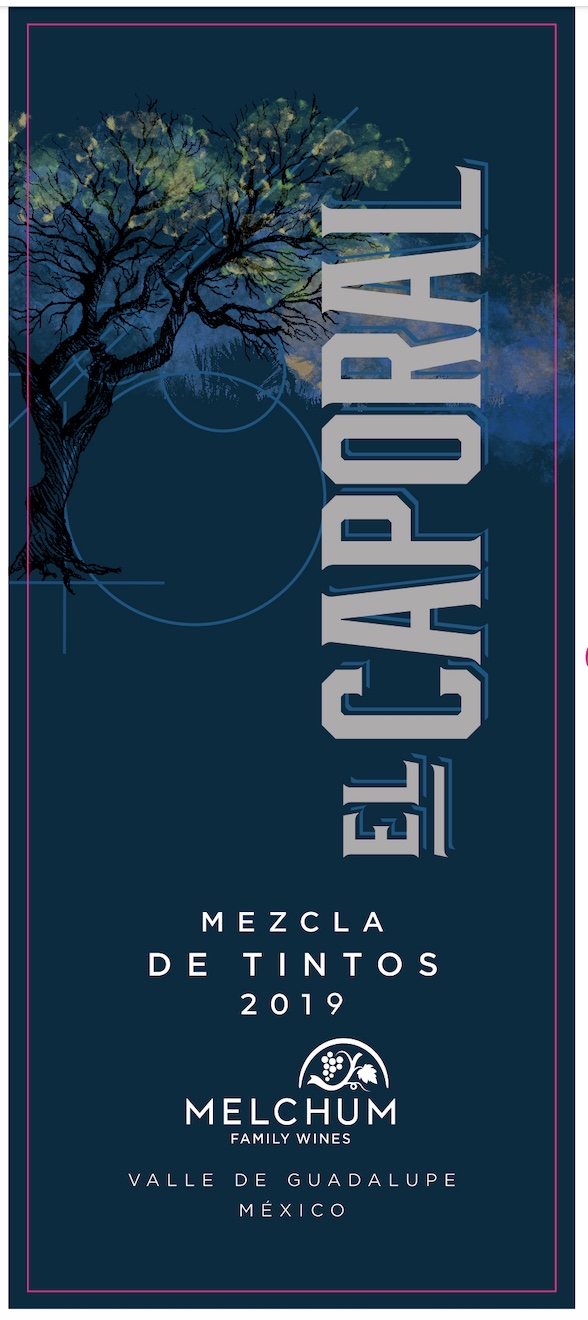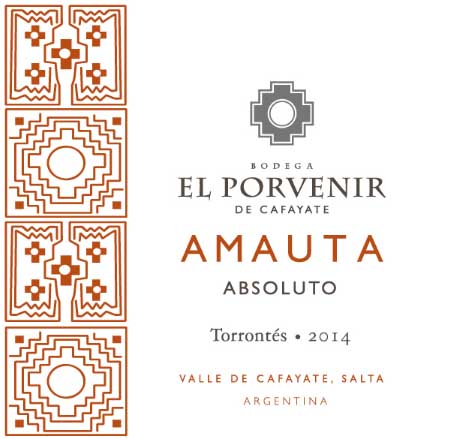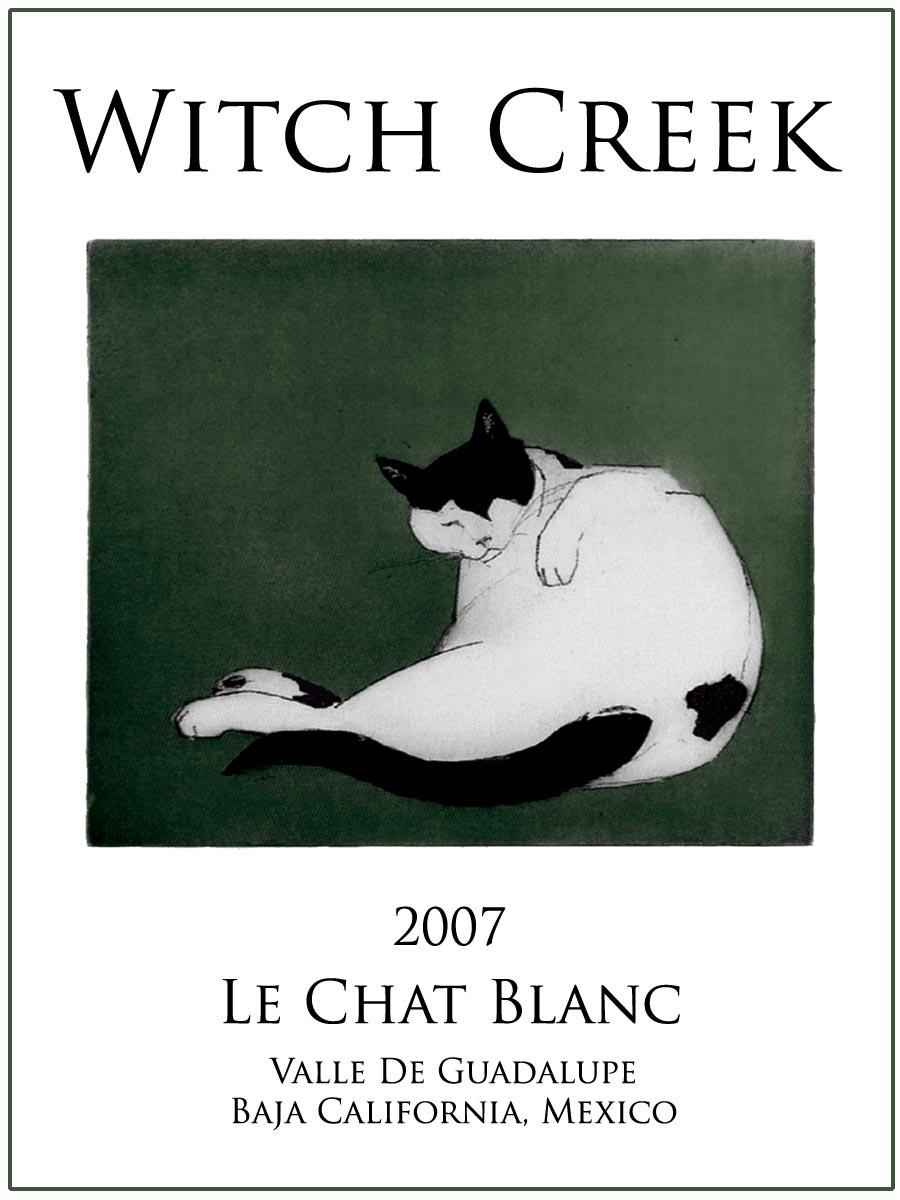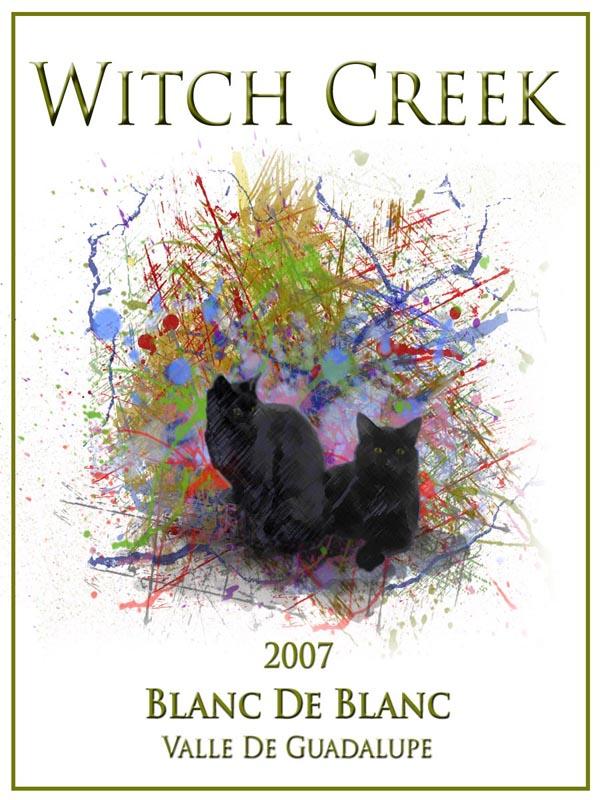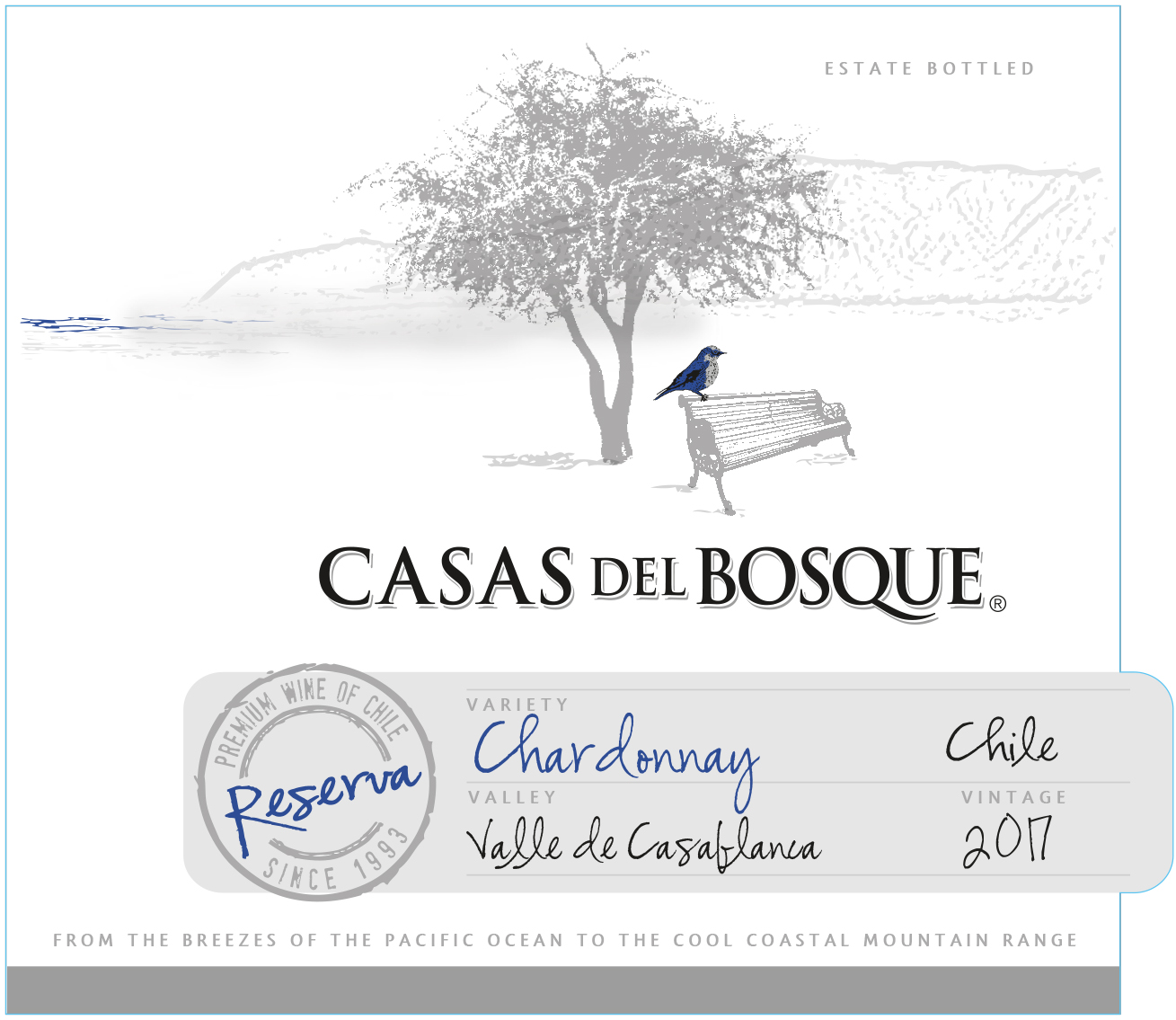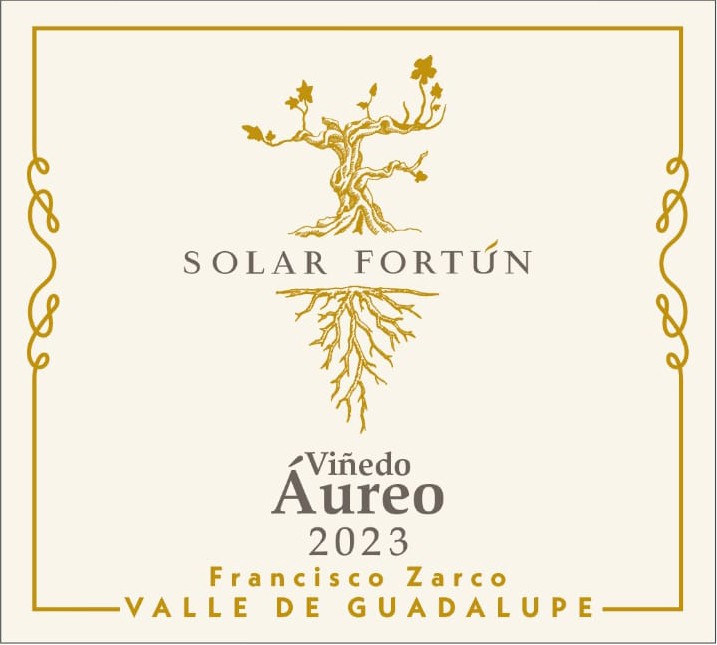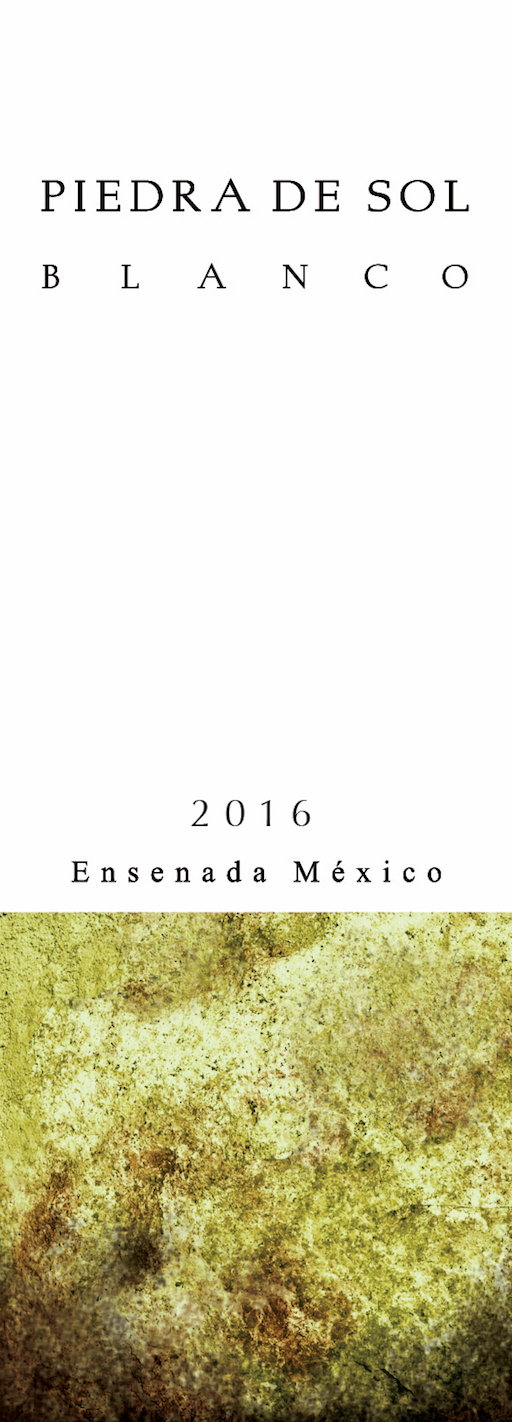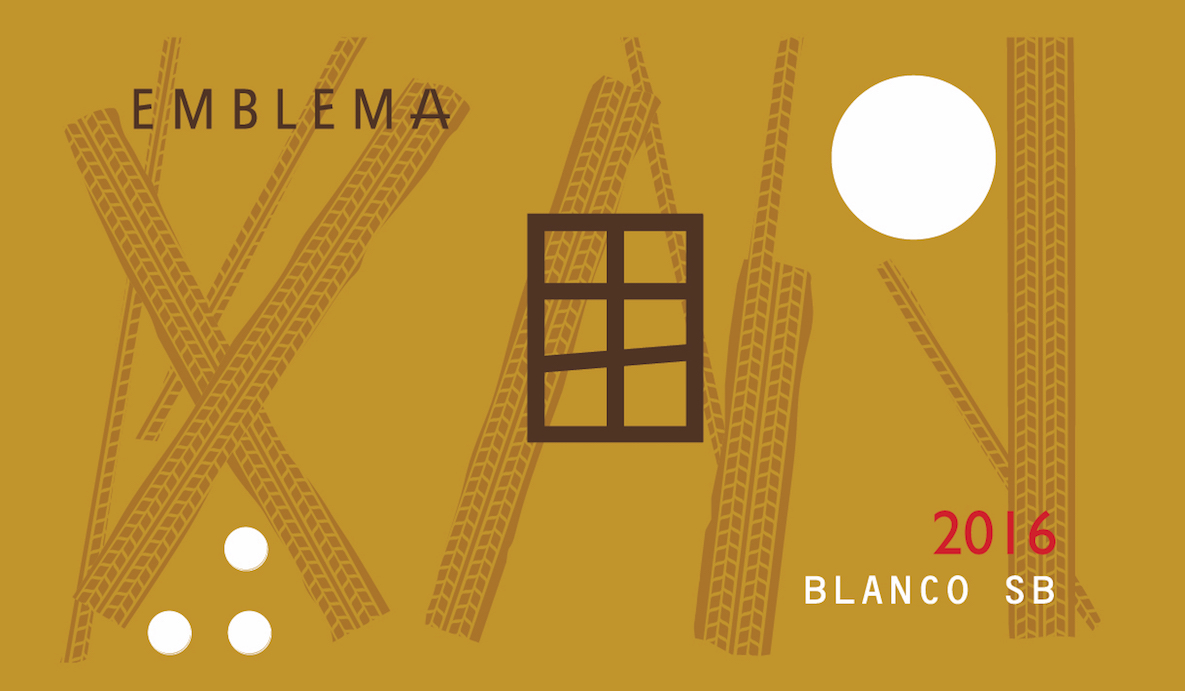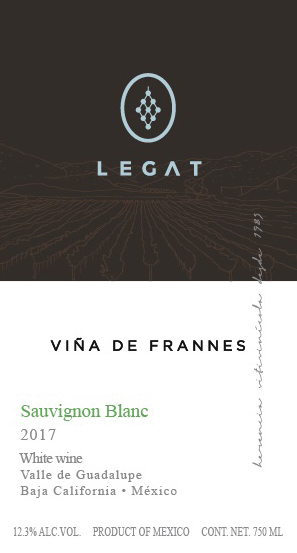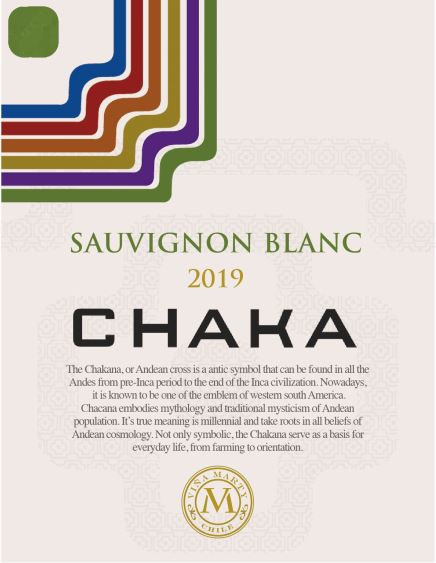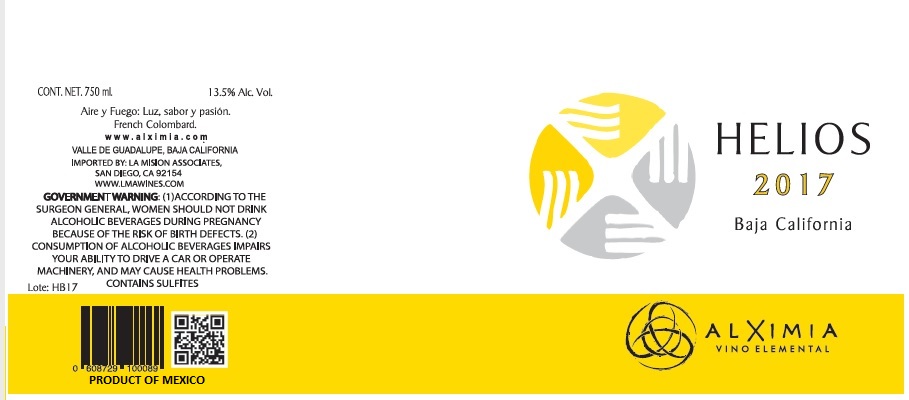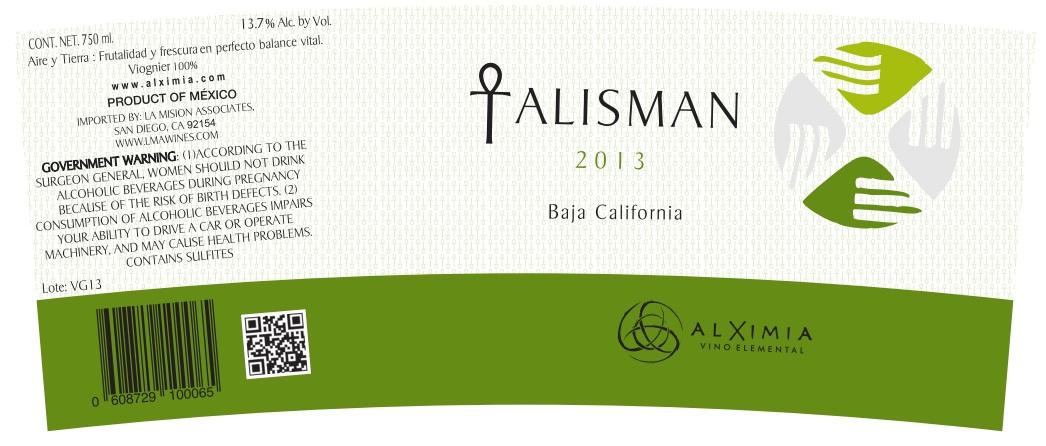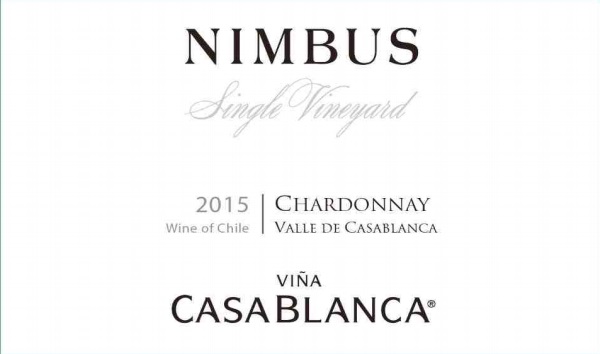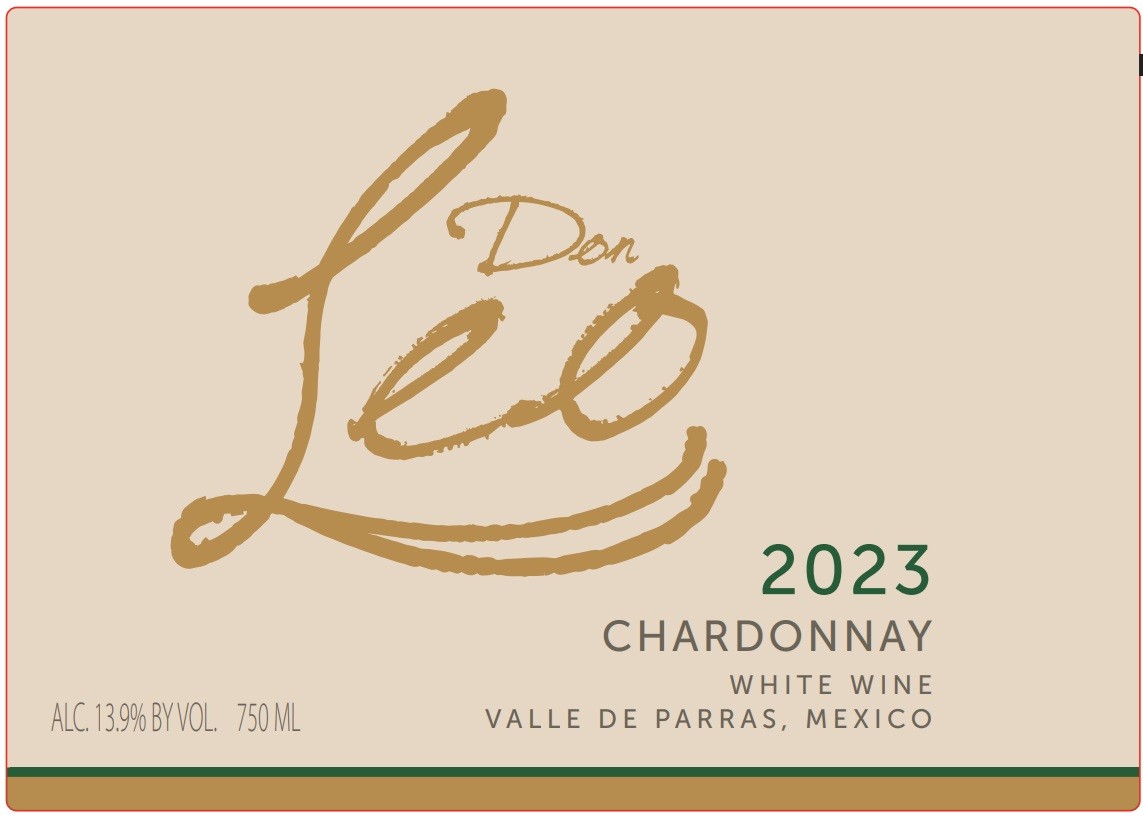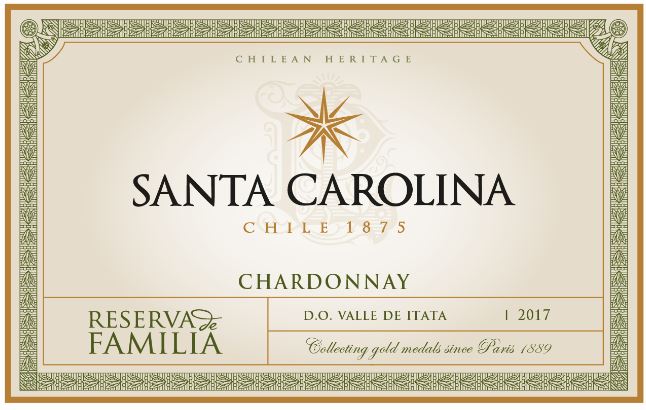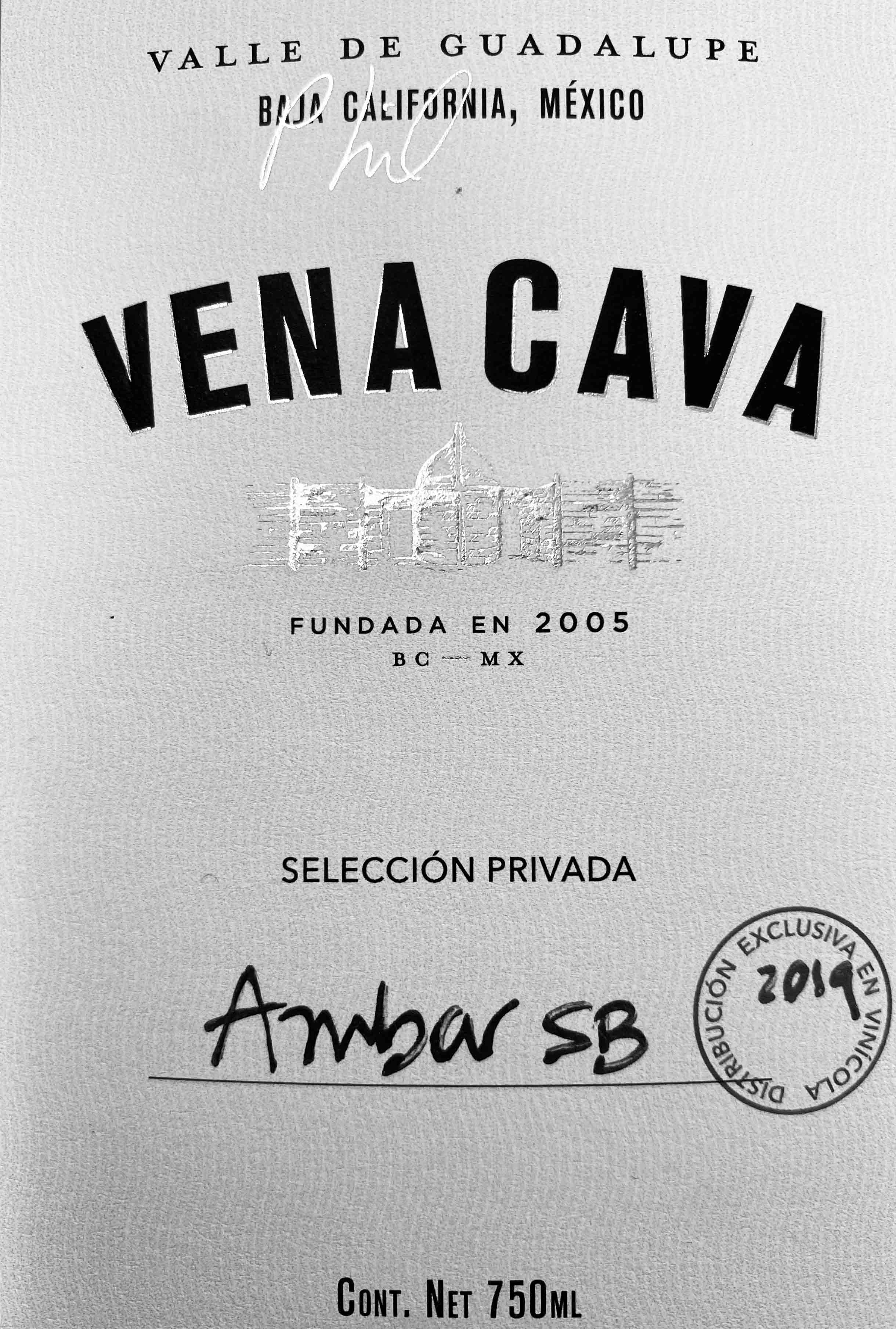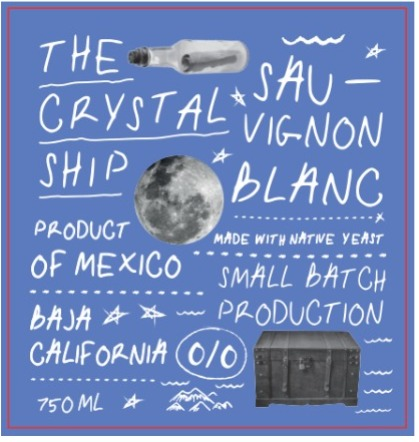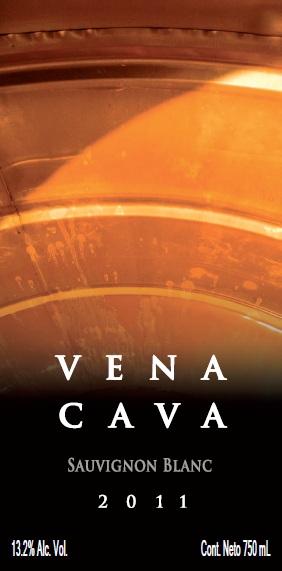Terroir of Baja California
The Valle de Guadalupe, part of Baja California's wine region, has a unique desert-like terrain influenced by the ocean. Its Mediterranean climate is shaped by cool sea breezes and morning fog from the Pacific, which helps moderate the hot summers and mild winters. This climate creates a day-to-night temperature variation, allowing grapevines to ripen under the sun while preserving acidity and aroma at night.
Vineyard soils, mainly weathered granite mixed with alluvial sediments, range from sandy loam to gravelly granite. These soils, along with minimal rainfall and careful irrigation, produce deeply colored, flavorful grapes. Elevations from 300 to over 800 meters create microclimates that affect grape characteristics. The region's terroir, a mix of desert and sea, yields wines rich in flavor yet balanced by freshness, making it a top destination for wine lovers.
Notable Wineries in Baja California
Baja California, a vibrant wine region in northwestern Mexico, hosts a diverse range of notable wineries that blend tradition with innovation. These include Bodegas de Santo Tomás, the region’s oldest winery, known for preserving local winemaking traditions. L.A. Cetto, founded by an Italian immigrant, is Mexico's largest producer, famous for its Reserva Nebbiolo. Monte Xanic, a pioneer in premium wines, sparked a quality revolution with its boutique offerings. Casa de Piedra, led by influential winemaker Hugo D’Acosta, crafts terroir-driven wines, while Adobe Guadalupe combines winemaking with luxury hospitality, attracting wine tourists with its elegant B&B and vineyard.
These wineries, alongside others like Château Camou and Vena Cava, showcase Baja California's dynamic wine industry, producing acclaimed wines that resonate globally, thanks to their quality and unique regional character.
Sustainable Winemaking in Baja California
Baja California’s wine industry is deeply committed to sustainability, addressing water scarcity and environmental preservation. Winemakers employ drip irrigation, often at night, to minimize evaporation and conserve precious water resources. They also turn to drought-resistant rootstocks and innovative technologies like water recycling systems to maintain vineyard health.
Organic and biodynamic farming practices are gaining traction, facilitated by the region's dry climate, which reduces pest issues. Eco-friendly pest controls and natural composts are common, supporting soil health and grape quality. Additionally, many wineries focus on waste reduction and energy efficiency, using solar panels and innovative architecture for sustainable operations.
Efforts to protect the cultural landscape are vital, with community and industry leaders working together to manage growth and safeguard the region's unique identity. By prioritizing long-term sustainability, Baja California ensures its wine valleys remain vibrant for future generations.
Wine Tourism in Baja California
Baja California's wine tourism offers a unique blend of rustic charm and modern sophistication, attracting wine enthusiasts globally. Valle de Guadalupe is at the heart of this experience, featuring over 60 wineries spread across scenic landscapes. The region's climate, similar to Napa Valley, supports diverse grape varieties, from Cabernet Sauvignon to refreshing Chenin Blanc.
Visitors enjoy a range of accommodations, from boutique hotels to vineyard inns, enhancing their stay. Culinary innovation shines through Baja Med cuisine, with renowned chefs creating dishes that pair perfectly with local wines. Events like the Fiestas de la Vendimia celebrate the harvest with music and wine, while year-round activities include winemaker dinners and art shows.
Beyond wine, visitors explore nearby attractions like Ensenada's vibrant waterfront or artisanal cheese tastings in Ojos Negros. Baja California's commitment to sustainability ensures the preservation of its enchanting wine country for future generations.



